
Japanese Family Has Been Sharing Their Home With 7-Foot-Long Crocodile for 39 Years
Some people wouldn’t get anywhere near an adult crocodile for all the money in the world, but one Japanese family in Kure City, Hiroshima, has

Some people wouldn’t get anywhere near an adult crocodile for all the money in the world, but one Japanese family in Kure City, Hiroshima, has

Wen Junhong, a 68-year-old woman from China, has been adopting stray animals for over two decades, and now shares her home with 1,300 canines, 100
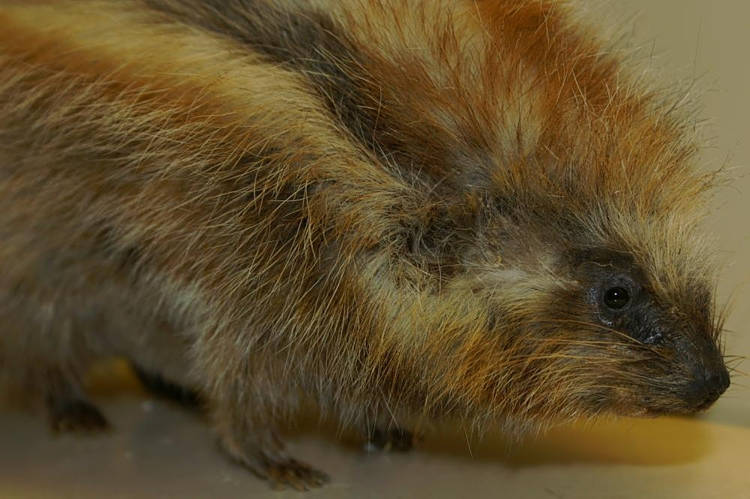
The African crested rat, an elusive rodent that lives in forested areas of Eastern Africa, has a very strange yet intriguing defense mechanism against would-be
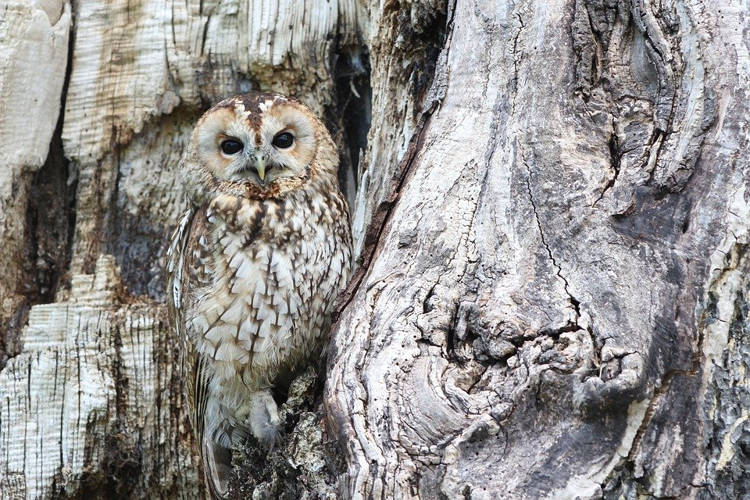
Japanese field voles can seriously impact the profits of apple orchard owners, if left unchecked. For centuries, many farmers have relied on owls to keep

Maryam al-Balushi, an animal lover from Muscat, in Oman, shares her house with 480 cats, most of which were strays, and 12 dogs, spending almost

The Germans are known for their machine engineering, but it turns out that they’re not to shabby when it comes to genetic engineering either, and

James Blackwood, a retired Mounted Police Officer from Nova Scotia, calls himself a “Raccoon Whisperer”, a worthy title, considering that he has been feeding dozens

The Alpine Ibex is a species of big mountain goat-like herbivores that inhabit the highest peaks of the European Alps, using their pincer-like hooves and
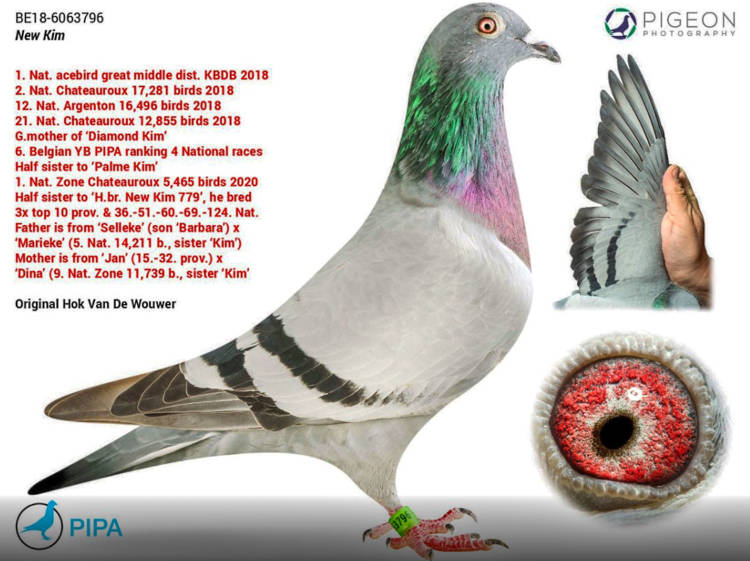
New Kim, a two-year-old racing pigeon from Belgium has recently been crowned the world’s most expensive pigeon after a South African collector bid a whopping
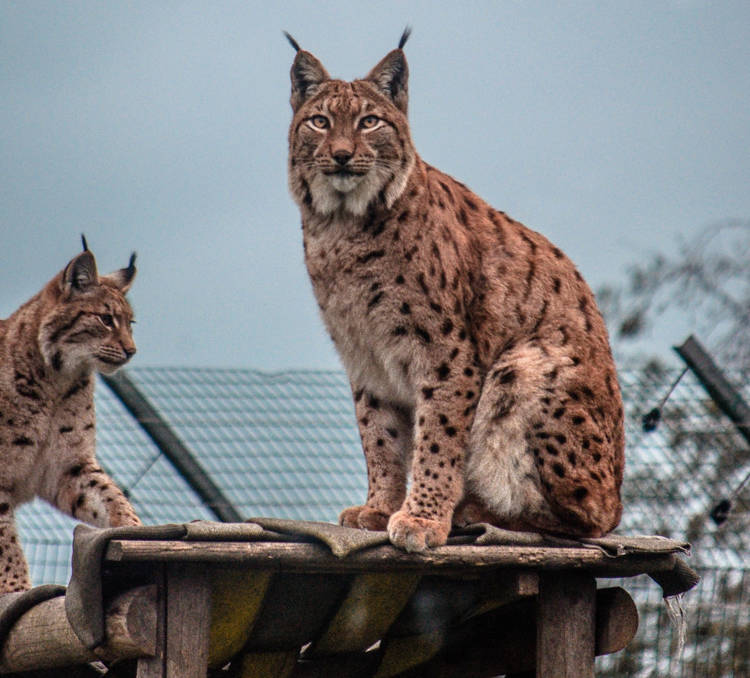
Anastasia Poznyak, a young cat lover from Sankt Petersburg, managed to adopt two baby lynxes from a Russian fur farm and has since been sharing
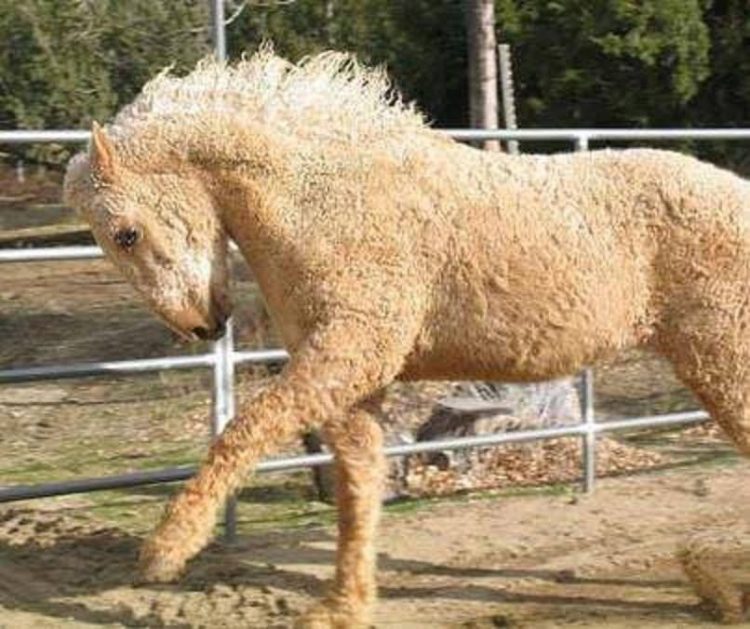
When asked to describe a horse’s coat, most people use adjectives like smooth and silky, but in reality not all horses have straight, sleek coats.

A loyal pooch reportedly managed to walk 60 km back to his home after being forgotten by his owners in a highway service area 26
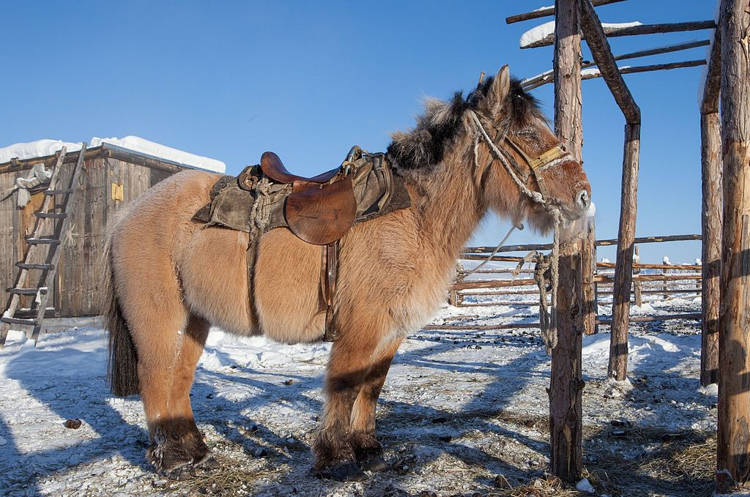
Winter temperatures in Russia’s northern region of Yakutia can drop under a staggering -70 degrees Celsius, making it impossible for humans to stay outside for
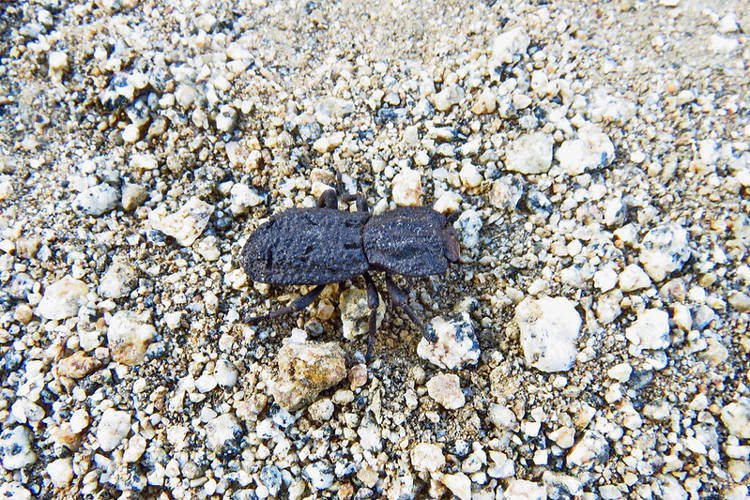
The Diabolical Ironclad Beetle is one of the most resilient beings on the planet. Its protective shell can withstand forces that would pulverize most other

A Mexican animal rights activist has been praised as a hero by animal lovers around the world after it was reported that he sheltered around